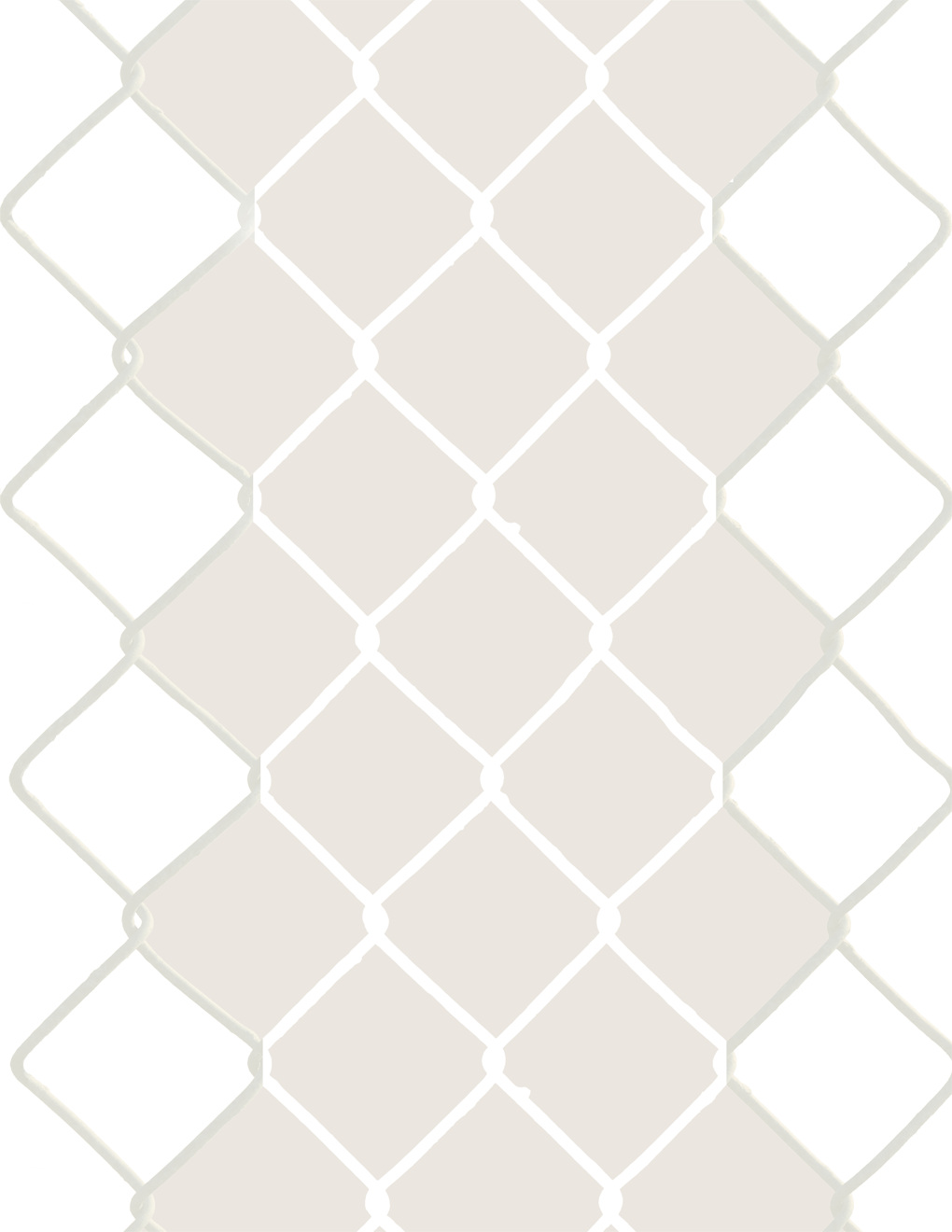History is composed as much with the buildings of a city as it is with the words on a page... The evidence of decades, generations, and centuries becomes part of the city’s daily life, making the experience of the present simultaneous with the past.
Sze Tsung Leong, “A History of Erasure,” History Images (Göttingen: Steidl, 2006)
Exposure vs. Erasure
Ruins in Detroit: many decry them shameful and telling indicators of economic and social decline, of political ineptitude and public apathy. This is not untrue. And while some structures have been restored or demolished (Hudson’s, Cass Tech, Tiger Stadium), others persist as languid parts of Detroit’s urban landscape evading developers, public policy, funding and/or well-publicized plans to repurpose. I recall the photo op of Kwame Kilpatrick along with representatives of the Detroit Police Department in front of Michigan Central Station as it was declared the future new home of the DPD.1
True, too, we all feel ruin porn fatigue when images of crumbling edifices seem to be the only and favorite story told of the Motor City. This appears to be fading, replaced by the “The Great Comeback City” motto that greets travelers now on the way to baggage pickup at McNamara terminal.
In May, 2016, I visited Seirensho Museum, Inujima, Japan, in the Seto Inland Sea. The museum is nested in the site of a former copper refinery designated an Industrial Modernization Heritage Site by Japan’s Ministry Economy, Trade and Industry “in recognition for the groundbreaking role it played in the industrial development of Japan.”2 It is one of several unusual museums and “art related activities” on the islands of Naoshima, Teshima and Inujima supported by Benesse Holdings, Inc., and Fukutake Foundation.3
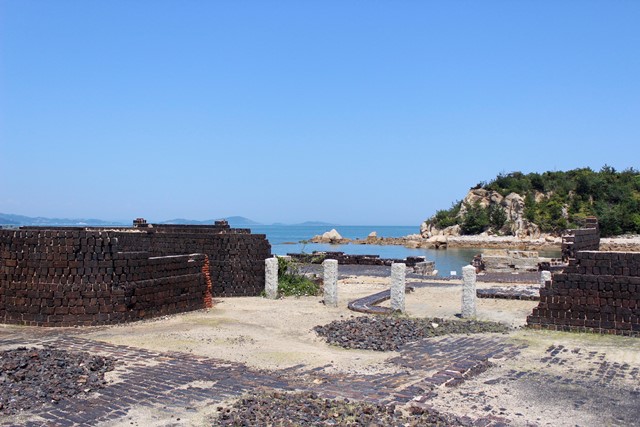
Standing in front of Seirensho gave validation to a feeling I’ve carried since moving back to Detroit in 2002: ‘ruins’ such as they are labeled, are not a disgrace but a sign of history, of evolution, of progress and of pain. Why must we try to hide them, or feel disgrace in their midst? I write not of homes, certainly not of neighborhoods, but of massive urban structures like Michigan Central Union Station and the Packard Plant, among others. Some might prefer these structures removed, leveled, like a scar disappeared by a plastic surgeon, so that to them the humiliating, shameful and ugly reminders of downfall no longer litter the landscape, so that we seem not imperfect.
I have a scar on my right knee from skidding down a bumpy clay and gravel road next to a clay mine in Shigaraki, Japan. It was ten seconds of speed, loss of control, stunned recognition of that loss of control, followed by a furious but unsuccessful attempt to regain authority over a bicycle willfully disregarding the technology of brakes and succumbing to the powers of gravity. My right knee and calf soon made a sliding connection with the ground and became embedded with powdery, gravelly pieces of earth. Nothing was broken or sprained, fortunately, just a long, quickly reddening scrape.
Shame? Humiliation? Yes. I had two students watching the entire thing, minutes after I’d given a brief but adamant lecture on mindfulness and the use of extra caution to the group of eleven students with whom I was traveling.
I was going too fast. Showing off. Getting my macho on.
The scar remains, a little lighter now two years later, and is a reminder of forces greater than me and of carelessness, but also of gusto and perseverance. Leg bandaged, I got back on that bike twenty-some minutes later and lead students to the glorious waterfall tucked deep in the surrounding mountains.
History. Memories. High flying, speeding times. Pain. We seem to be able to embrace the gamut of emotions with war history, but not economics, not bad judgment or lack of foresight, at least when it comes to visible public reminders.
Consider the placement of this bench on the grounds of Seirensho Museum, Inujima, Japan:
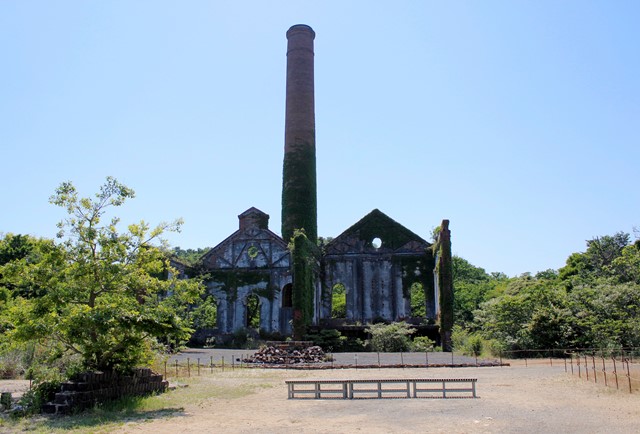
There is little by way of signage or information plaques as one approaches Seirensho Museum after getting off the ferry on the small island of Inujima. Like other destinations I’ve visited in Japan devoted to aesthetics, a journey is required to get to the actual site. You come to realize that the journey is part of the experience, and it takes time. To get to Seirensho travelers must find their way to one of the inland sea ports and then take a ferry, or two, to Inujima. Once on the island, it is a long walk along the coastline to the edges of Seirensho grounds.

Viewers wait at a door where the reflection is so intense that one starts to feel invisible while only seeing oneself. Hard for an American to wait…. Am I at the wrong entrance?
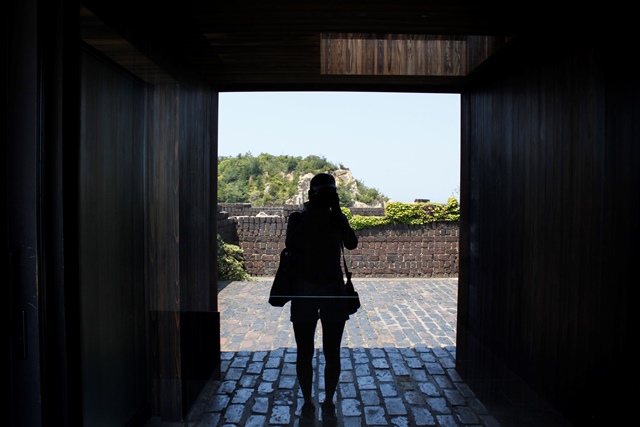
Only one person or couple at a time is invited in to experience the museum and careful attention is placed so that no visitors overlap others as they move from room to room, allowing time to inhabit the environment through sight, sound and smell. It is dark. There are long tunnels using end-placed mirrors that convince you a fiery sun is always behind you and a portal always before you. You experience the artwork while surrounded by, and walking on, the Karami bricks made from the slag of copper refining. It is cool, though the sun shines brightly outside and the island temperature today is near 80oF.
The next room is expansive, shaped like a half cylinder. The facade of a windowed structure faces you, backlit by sunlight, with pieces of a suggested interior hanging like a static mobile. The floor is sandy with a large puddle of water that reflects the facade. The puddle is like one you might come across on a beach where a stream of seawater once rushed in, pooled, and never left.
You are asked to wait before the next experience, and then kindly escorted to another dark, enclosed space with a mesmerizing mirrored installation, this one with a brilliant and disorienting video projection. I can’t recall what happened next, but at some point I moved toward a reading room and small cafe area with windows and soft lighting.
Yukinori Yanagi is the sole artist, using installation, video, and the site itself in a poetic, sparse yet intense permanent exhibition. His subject is Japanese poet, playwright and novelist Yukio Mishima, pen name of Kimitake Hiraoka, 1925 - 1970. “A vocal critic of Japan’s modernization” is all the Seirensho website reveals of Mishima who killed himself by the ritual suicide of seppuku (harikari).4
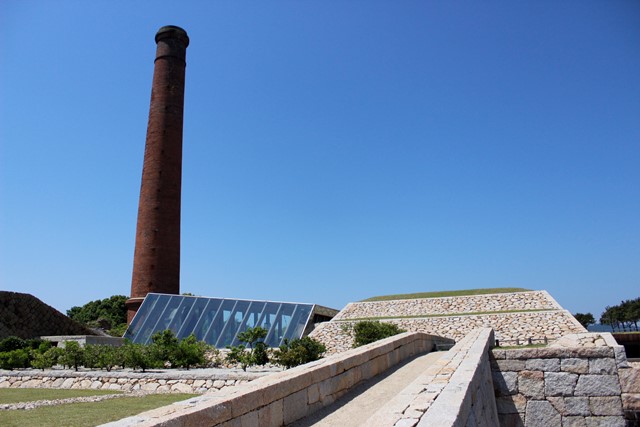
While the interior of Seirensho Museum is brooding, damp in places, and carefully monitored, the exterior is peaceful and open for roaming. The grounds hold other surprises, such as a roof-top orchard and benches for contemplation placed before piles of bricks, moss-covered smokestacks and half-walls. In the restroom, if you sit (it is a Western style toilet) you directly face a brick wall with a stencil describing the water purification and solar/geothermal heating-cooling system designed by architect Hiroshi Sambuichi “to minimize burden to the environment and to harmonize with its surrounding nature.”5
Pause. Are you with me? A stencil, with engineering, design and ecological information about the building in front of each toilet (I checked)!
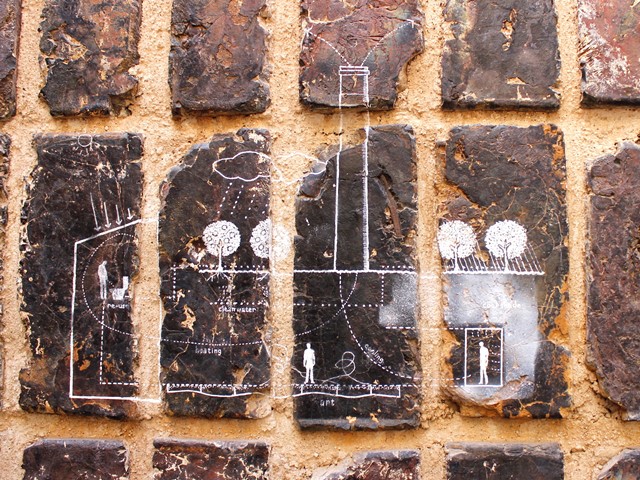
Parts of the refinery were restored, ”using what exists to create what is to be.” Seirensho literature states that the museum utilizes the historic, industrial site “to create a structure changing and growing as an integral part of the natural environment on Inujima.”6 It will be fascinating to see the changes in the natural environment on this site, and how the museum will evolve in tune with it.
There are great examples of contemporary museums repurposing industrial or commercial sites such as Tate Modern, the Mattress Factory, or MOCAD. Museums and sites devoted to history such as The Piquette Avenue Plant and Greenfield Village include original buildings to house the models, antiques, and reenactments of human effort and ingenuity. Yet the sight of that bench and experience of Seirensho Museum struck me as a different type of historical engagement, one that suggests contemplation of industry and modernization: its benefits, toxicity, waste and reparations.
Inujima is not a city, it is an island with 47 people living on it, average age of 75, whose residents contribute recipes to the museum cafe. The island experienced a population decline in the twentieth century from “around 3,000 to 4,000 people” in the first and second decades.”7 Its industrial ruins are still there. How fortunate the Benesse Foundation finds beauty in slag. I’ve yet to meet the thinkers and directors behind the Foundation’s operations, and am keeping a critical eye. Seirensho Museum does have merchandise for sale, but maintains a low profile, avoiding heady commercialism.
 |
| Slag bags (my term) with smokestacks, Seirensho Museum Gift Shop |
“A culture’s development can be read through the layers of previous buildings that together form a geological summary of history. When an area is developed, it is almost always cleared of all traces of the past: buildings,streets, residents. The result is an absence of history...”
Sze Tsung Leong, “A History of Erasure,” History Images (Göttingen: Steidl, 2006)
I am not excited about the new Little Caesars hockey stadium and retail space under construction along Woodward Avenue. I wish the old Tiger Stadium were still standing, not for pro-ball but surely for other things. It costs money to maintain and renovate old buildings, without a doubt, but old structures can also benefit from thoughtful, creative thinking. I question whether demolishing significant markers of Detroit’s history is the right course of action. We give tax breaks and resources to new structures that must eventually be upgraded or completely abandoned in part to keep up with corporate and private VIP expectations. Detroit area architect Michael Poris recounted to me some of his debates with officials regarding demolition of Cass Tech High School, one reason being its lack of a baseball field. As he tells it, “I pointed in the direction of [then still standing] Tiger Stadium and said, ‘You want a baseball field? There’s your baseball field!’”
Casinos almost went up south of Jefferson Avenue. Businesses, including the beloved restaurant and jazz club The Rhinoceros8 (perfect name, as the grand piano filled 2/3 of one room) moved out as preliminary plans began and people stopped coming.9 What a great place for the Riverfront park to expand. For a bench to sit and consider a relic of a former factory.
The casinos weren’t built on the riverfront below Jefferson. The sad megaplex of “Greektown Casino” so dominates the old Greektown area that I can’t find my way to a single piece of baklava. I don’t mind progress, I like contemporary buildings and non-rusty pipes We can have it all, but let’s not loathe our history, warts or crumbling bricks. Detroit has a great legacy to be proud of: makers of music, art, automobiles and stoves10
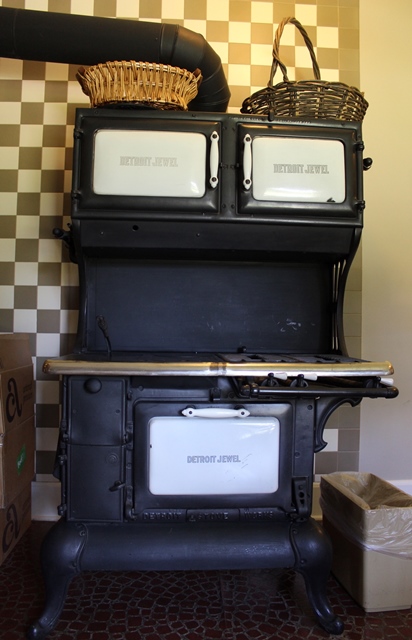 |
Detroit Jewel stove, UCross Foundation, Wyoming |
All images courtesy the author unless otherwise noted.
Next: The Art House Project
footnotes
1 http://www.metrotimes.com/detroit/on-track/Content?oid=2176729 http://detroit1701.org/Detroit%20Depot,%20MCR.html http://www.freep.com/story/news/local/detroit-reborn/2015/01/05/michigan-central-station-depot-train- detroit-ruins-abandoned/21291589/
2 http://benesse-artsite.jp/en/art/seirensho.html
3 http://benesse-artsite.jp/en/about/
4 http://benesse-artsite.jp/en/art/ seirensho.html
5 http://benesse-artsite.jp/en/about/publication/
6 http://benesse-artsite.jp/en/art/seirensho.html
7 http://benesse-artsite.jp/en/about/island.html
8 http://www.hourdetroit.com/Hour-Detroit/October-2014/Dj-Food-Remember-the-Rhino/
9 http://www.crainsdetroit.com/article/20120819/FREE01/308199995/ups-and-downs
10 “Detroit once Stove Capital of the World” http://www.detroitnews.com/story/news/local/michigan-history/2015/01/24/stove-capital-detroit-history/22234051/
|
